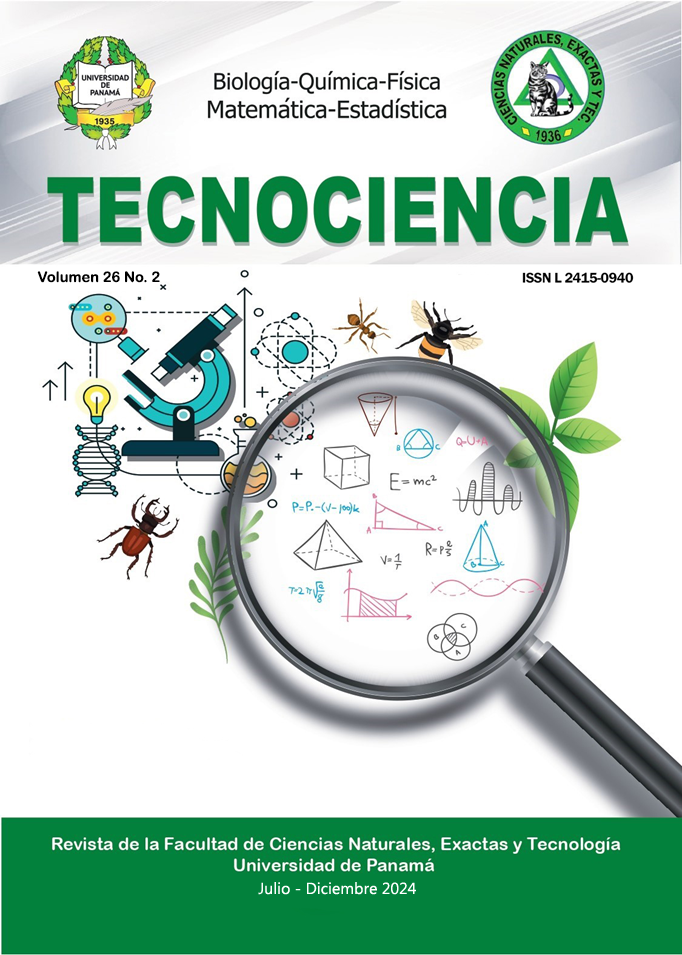

Copyright (c) 2024 Tecnociencia

This work is licensed under a Creative Commons Attribution-NonCommercial-ShareAlike 4.0 International License.
The conversion of natural habitat for urban development is restricting the ranges of primate species that depend on forest environments, increasing their risk of extinction. While Panama supports the highest diversity of primates in Mesoamerica, many of the nine species and 13 subspecies are of conservation concern, including four endemic Critically Endangered species. Yet their distribution and status are poorly understood. I used over 15 years of presence data from surveys (transects and road counts, camera-trapping, and citizen science records) representing 2,000 presence points, 1,415 were selected as useful locations to develop species distribution models for the primate sub-species in Panama. Using Maximum Entropy (MaxEnt) software, I created a set of models using climatic variables, and integrated a satellite-derived measure of primary productivity, the Normalized Difference Vegetation Index (NDVI), as well as measures of human population density, to see if this improved model performance. The models performed well, although different climate variables best predicted the distribution of different subspecies. Overlaying the best habitat suitability models for each subspecies allowed us to identify core areas for the conservation of primate diversity in Panama.